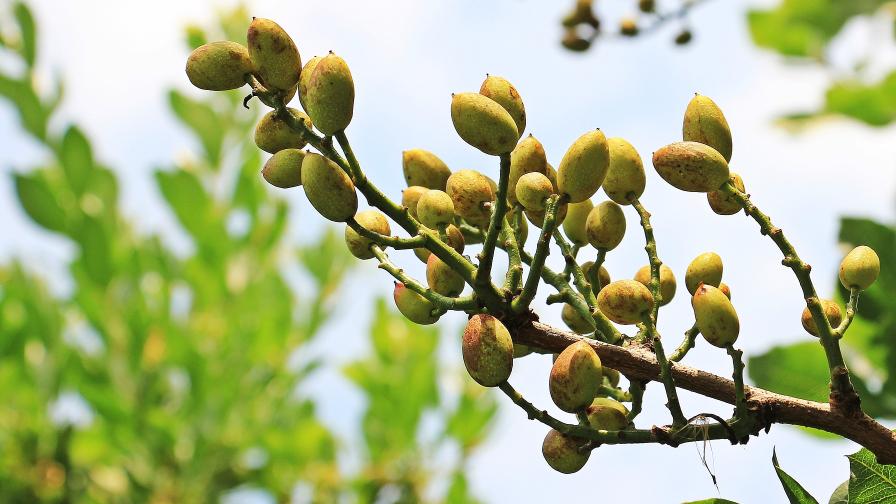Setting Up Your Own Vineyard Trials
As an Extension agent, my job centers around making recommendations to growers that are based on scientific studies done by researchers. Some of that research may take place in a lab or a greenhouse, but the majority of the research that we use is based on studies done in vineyards — either experimental vineyards or in growers’ blocks. These trials are important because they look at how effective a new practice or product is in the field.
Field trials can be set up to be very rigorous and complex, with multiple replications and/or multiple treatments. They can also be quite simple, such as comparing two different rates of fertilizer application. So simple, in fact, that with a few basic rules to keep in mind, you can set up your own field trials in your vineyards to help you improve your vineyard management practices.
Time Commitment
Most field trials, even simple ones, usually need to be conducted for more than one year. As you know, the weather conditions of a given season can have significant impacts on a vine’s growth and development, as well as its fruit yield and quality. A treatment that has a pronounced effect one year may have absolutely none the next. In addition, because we are farming with perennial plants, which are impacted by what happened in previous seasons, it may take some time for effects to become evident. So in order to get a sense of the impact of a particular practice, you should probably commit two or three consecutive growing seasons to your trial.
Select A Uniform Area
In any kind of scientific testing, it is important to keep as many variables as possible consistent across your treatments except for the factor that you are testing. When setting up a field trial, try to make sure that the portion of the vineyard you are using is as uniform as possible. That way, differences that you detect can more likely be attributed to the treatments that you impose, and not to some inherent difference that exists in the vineyard. If good uniformity isn’t possible, a trial can still be designed to take that variation into account — your friendly neighborhood Extension agent would be glad to help with that.
Measure What’s Relevant
I’ve talked to growers who told me that they’ve tried comparing different practices in their vineyard, but they “just didn’t see much of any difference.” Usually this means that nothing was actually measured. As much as I value the eyeballs and experience of growers, I also value data, and that’s what will tell you the real story from your trial. Make sure that your trial is set up to measure what you want to know. In many cases, one of the most important things to measure in a trial would be yield. Some other parameters that might be worth measuring are average cluster or berry weight, sugar content, or disease levels.
Keep Organized
The most important part of doing any field trial, and often one of the most difficult, is keeping organized. This means making sure you apply the same treatments to the same vines each year, that you keep track of other factors that may impact the outcome of your trial (weather, disease problems, etc.), and that you keep good records of your results. You may want to keep a separate notebook (or section of one) for each trial you do, and keep it in the tractor cab or in the barn. Use flagging
tape on endposts to tell you which treatments belong in which rows, and on individual vines if you are taking samples from within a row, to keep track of what treatments go where and which rows or vines you are getting data from.
Winter is a great time to give some thought to what you might want to improve on your farm and how you might start testing ways to do that next year. Doing your own field trials can be one of the best ways to determine what works best for your particular vineyard and your management style. Even relatively simple ones can be effective in helping to refine how you farm.









